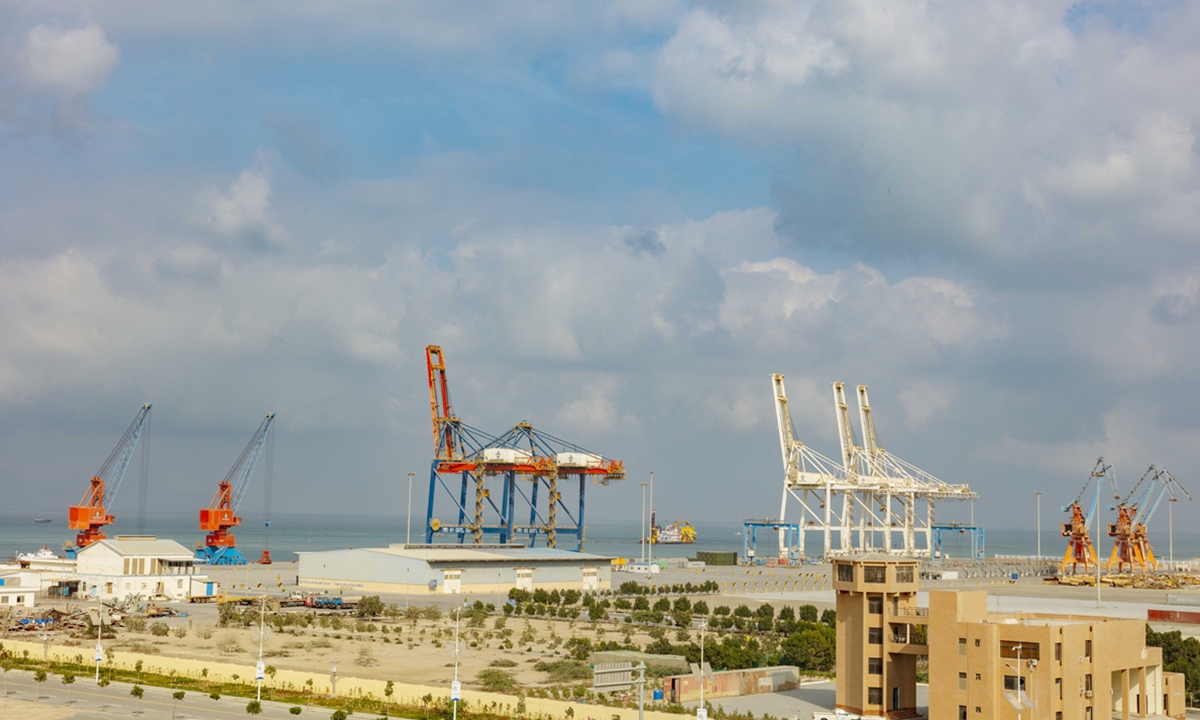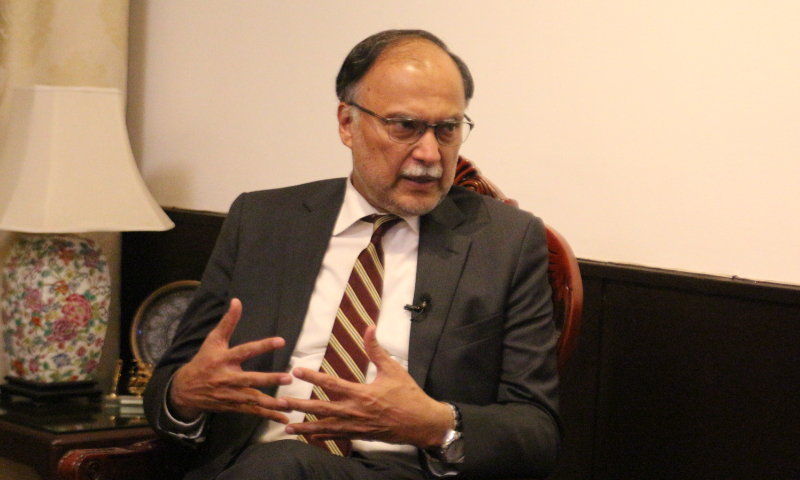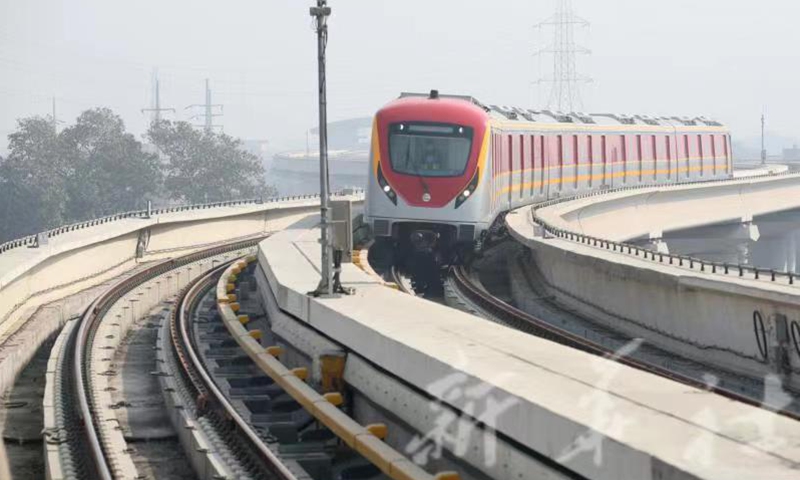Gwadar being transformed into modern hub via BRI
City to become most important growth engine in southwestern Pakistan

View of Gwadar port in Pakistan Photo: VCG
With China's experience in economic development and the support from local residents, Pakistan's Gwadar region will become a prosperous city under the Belt and Road Initiative (BRI) and a window on Chinese way of modernization. It will be remembered as one of the flagship projects of the China-Pakistan Economic Corridor (CPEC), the builder of the Port of Gwadar told the Global Times.
"Gwadar Port is like a blank sheet of paper, and we can draw the most beautiful painting on it," Zhang Baozhong, former chairman of China Overseas Ports Holding Co, told the Global Times in an exclusive interview.
He compared the project to Shenzhen, an economic powerhouse and special economic zone which China built from scratch in about 40 years.
China Overseas Ports Holding Co, the operator of the Gwadar Port, has been instrumental in the development of the port and the free trade zone there.
Pakistan will celebrate the 10th anniversary of the CPEC, a flagship project of the China-proposed BRI, this week. Gwadar Port is a flagship project of the CPEC.
Underlining the importance of the port, Pakistani Prime Minister Shehbaz Sharif paid a visit to Gwadar last week.
Sharif reiterated the Pakistani government's resolve to develop Gwadar into one of the best ports in the world, and he urged Balochistan Province to "look after" foreign investors, according to the Dawn newspaper.
"Fruits to be borne this year include a hospital and the New Gwadar International Airport… looking at the next 10 years, Gwadar will become the most important growth engine in southwestern Pakistan, bringing marked improvements in local people's lives, education and medical care," said Zhang, who spent the past eight years at Gwadar building the port.
During the past decade, the two countries, as the all-weather strategic cooperation partners enjoying "ironclad ties," have forged ahead with economic cooperation under the framework of the BRI.
"By fostering a secure environment for development in some areas, and using these areas as economic locomotives, it is believed that we can help, in a gradual fashion, increase the national strength of Pakistan," Zhang said.
The Gwadar Free Trade Zone (FTZ) is an epitome of this belief.
Before 2015, the FTZ was just an idea. But now the FTZ has attracted some 20 companies in the fields of banking, insurance, logistics, food and aquaculture processing, from China and Pakistan, with a combined investment of 3 billion yuan (420 million yuan), and it has generated 1,200 jobs.
Inside the FTZ, Henan Yulin Holdings, a forestry enterprise, invested in a tropical plant research center, and China Linyi Trade City Co, a merchandising firm, invested in warehousing facilities. Ningbo Huilong Co, from East China's Zhejiang Province, set up a metal processing plant and became the first company in the FTZ to enter commercial operation. In 2022, the company generated nearly $1 million in revenue.
Outside the FTZ, Chinese construction firm CREC built the international airport, and infrastructure giant CCCC built the expressway connection from the FTZ to the main expressway artery. A sprawling economic belt is in the making, transforming Gwadar from a forgotten corner of the world into a modern coastal city.
Zhou Rong, a senior researcher at the Chongyang Institute for Financial Studies at Renmin University of China, told the Global Times that despite some Western media smears that progress in Gwadar has been slow, the Chinese builders have never pushed the pause button for Gwadar's construction, even against the security odds.
Zhou said the concept of the functions of the port has evolved several times since 2006 and "nowadays, the port, formerly an aid project constructed by Chinese companies, is becoming an investment hotspot in the northern part of the Indian Ocean, attracting the attention of investors from Saudi Arabia and the UAE."
"To a certain degree, the port has partially replaced some of the functions of the Port of Karachi," Zhou said.
Experts said the Chinese companies have changed Gwadar for the better. The port has brought larger vessels to anchor, Chinese technical training schools reshaped local people's job possibilities and Central Asian countries began using the port's logistic benefits to engage in seaborne trade.
"Chinese companies also took a prudent approach in constructing the port, doing one thing at a time and only moving on to the next target when the previous one had developed sustainably," Zhou said, noting that this has set a paradigm for other BRI projects.
With the improvement of Gwadar and the surrounding infrastructure, the permanent resident population grew from 80,000 in 2013 to 220,000 in 2023.
Zhang said that the port operator aims to build Gwadar into a smart port city by 2050 with a total population of more than 1.7 million and an annual GDP of $30 billion.
"Every day the Chinese in Gwadar bathed in the friendship and care of the local people, they see Chinese companies as the only hope for Gwadar's future," Zhang said.



